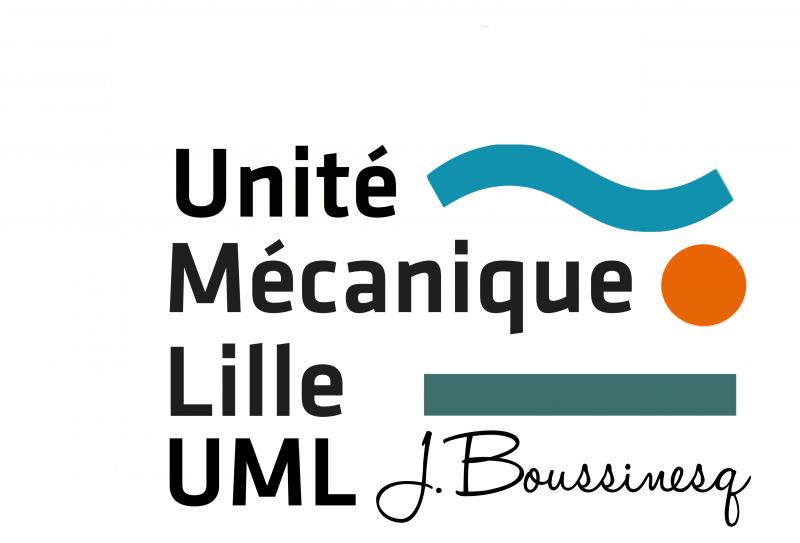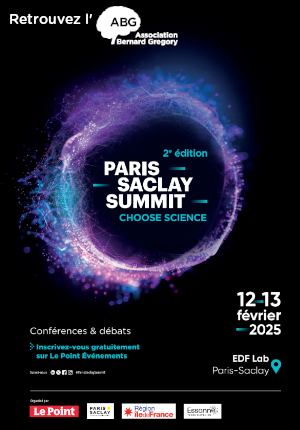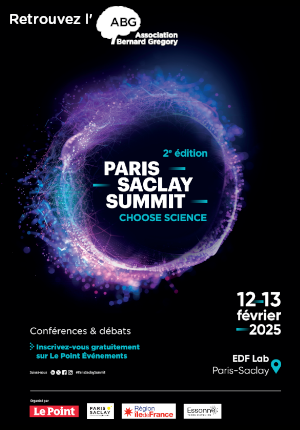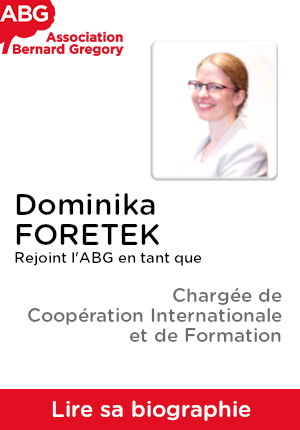Tracer dispersion and clustering in the global ocean and new-generation satellite data
| ABG-128295 | Sujet de Thèse | |
| 02/02/2025 | Contrat doctoral |

- Physique
- Numérique
- Terre, univers, espace
Description du sujet
Context. Most of the ocean kinetic energy is contained in mesoscale eddies (of O(100) km size). Submesoscale flows (scales below O(10) km), on the other hand, correspond to smaller and faster eddies, filaments and fronts (e.g. of temperature), which are important both for the intense vertical transport of tracers they induce and for their role in the energy transfers across scales. Observing fine features of surface-ocean flows at the planetary scale has now become possible thanks to the satellite SWOT (NASA/CNES), providing sea surface height (SSH) data at an unprecedented effective resolution of 6 km. The innovation brought by this instrument suggests the possibility to characterize the fine-scale properties of tracer transport in the ocean. However, it also raises important scientific challenges related to the interpretation of these new data. Indeed, Eulerian velocities are typically estimated from SSH through geostrophic equilibrium, which is not granted to hold at fine scales. In addition, the resulting velocity fields are nondivergent by construction and, thus, do not allow to detect and quantify the accumulation of particulate materials, such as pollutants or plastic debris, at ocean surface.
Lagrangian approaches can help shed light on these questions, as they reflect the temporal evolution of fluid parcels in the flow and hence sample processes acting on different timescales. In particular, comparing the observed particle dispersion regimes with the predictions from quasi-geostrophic turbulence theory can provide information on the interaction between fast (non-geostrophic) processes, not directly resolved by the satellite, and slower (geostrophic) ones.
Work plan and goal. In this thesis, inscribed in a wider research project on SWOT, we will explore the effect of non- geostrophic motions on tracer dispersion using state-of-the-art, high-resolution global-ocean numerical simulations. Using different statistical Lagrangian indicators we will examine the geographical and seasonal variability of transport and dispersion at the ocean surface. The impact of non-geostrophic motions will be addressed through different filtering strategies of the velocities advecting the tracers. Particular attention will be paid to the phenomenon of particle clustering, caused by ageostrophic dynamics and recently highlighted by real surface drifters in several regions, but whose mechanisms are not fully understood yet. This point will be examined relying on a Lagrangian methodology that we previously developed, and on recent theoretical advancements on the Eulerian statistics of velocity gradients in compressible turbulence. Through this approach we expect to gain insight into the physical processes controlling clustering. The broader aim of the work planned is to assess to what degree of accuracy (in terms of spatial scales) SWOT-derived velocity fields represent real surface-ocean currents, and their turbulent properties. It will then be possible to extend the analysis to compare experimental data from SWOT and from drifting buoys.
Research team. The PhD thesis will be conducted at UML, Lille, in tight collaboration with Guillaume Lapeyre at LMD – ENS, Paris. It will also benefit from a collaboration with LOPS – Ifremer, Brest, involved in the CNES project “Data and dynamical synergies for SWOT – B” and, more generally, the international SWOT Science Team.
Nature du financement
Précisions sur le financement
Présentation établissement et labo d'accueil
Unité de Mécanique de Lille J. Boussinesq (UML), ULR 7512, Université de Lille
https://uml.univ-lille.fr
Site web :
Intitulé du doctorat
Pays d'obtention du doctorat
Ecole doctorale
Profil du candidat
Candidate having good knowledge of fluid mechanics or dynamical systems and an interest for numerical methods; education: Master in Fluid Mechanics, Physics, Geophysical Fluid Dynamics, Applied Mathematics. Good knowledge of oral and written English is required. Knowing Python, Fortran, or C would be a plus.
Vous avez déjà un compte ?
Nouvel utilisateur ?
Vous souhaitez recevoir nos infolettres ?
Découvrez nos adhérents
 PhDOOC
PhDOOC  TotalEnergies
TotalEnergies  ONERA - The French Aerospace Lab
ONERA - The French Aerospace Lab  Tecknowmetrix
Tecknowmetrix  MabDesign
MabDesign  CASDEN
CASDEN  Nokia Bell Labs France
Nokia Bell Labs France  MabDesign
MabDesign  ANRT
ANRT  Ifremer
Ifremer  Laboratoire National de Métrologie et d'Essais - LNE
Laboratoire National de Métrologie et d'Essais - LNE  ADEME
ADEME  Groupe AFNOR - Association française de normalisation
Groupe AFNOR - Association française de normalisation  Institut de Radioprotection et de Sureté Nucléaire - IRSN - Siège
Institut de Radioprotection et de Sureté Nucléaire - IRSN - Siège  CESI
CESI  Généthon
Généthon  SUEZ
SUEZ  Aérocentre, Pôle d'excellence régional
Aérocentre, Pôle d'excellence régional  Institut Sup'biotech de Paris
Institut Sup'biotech de Paris







